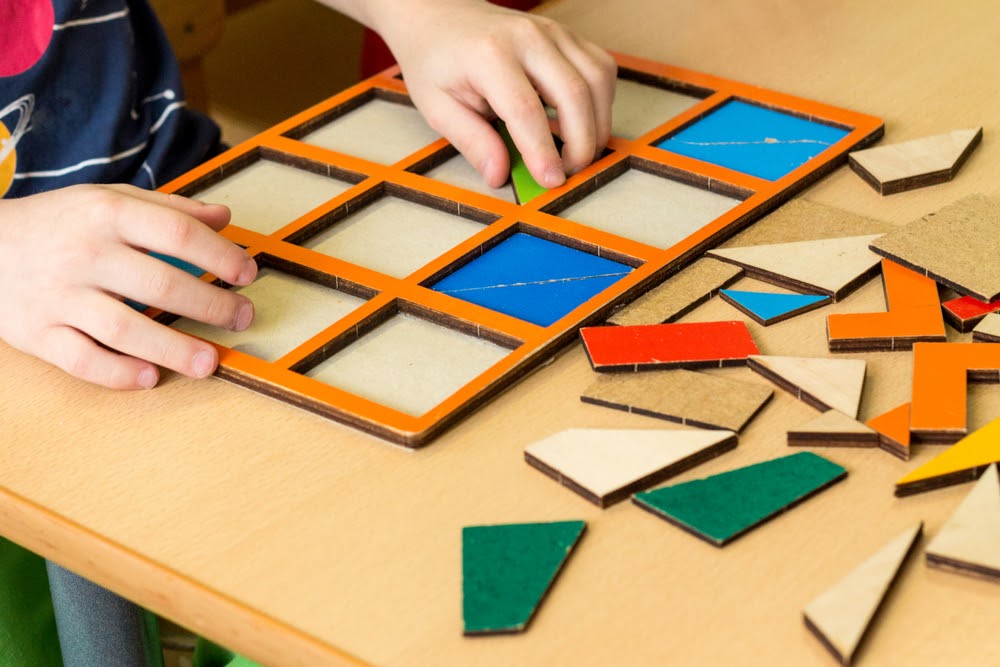
Teachers often give students a ‘brain break’ between lessons to let them have fun, maybe wiggle a bit and, well, just take a little break from academics. Brain breaks can be a fun way to let children decompress and step away from math, reading and all those other subjects.
Brain breaks could be beneficial at home, too. Taking breaks between homework assignments could help children feel more motivated to tackle the next task. Need some brain break tips? Here is a list of brain break ideas…one idea also is the best app to improve reading!
The Basics of Brain Breaks
So what are brain breaks exactly? Understood.org explains that these little mind breaks can be a physical activity or something quiet. The premise is to simply help children relax a bit…and not focus their brain constantly on work. Adults probably take brain breaks without really realizing it. Walking to the break room for another cup of coffee may be a simple way to get away from the stress for just a minute.
For homework, these breaks can be helpful so children don’t feel too overwhelmed or burn out. Understood.org explains that these breaks also could help children learn to recognize when they need to step away. Many adults understand that when a work assignment gets too frustrating, sometimes taking a break and giving the mind time to de-stress can help the person to approach that same assignment with a clearer focus.
Brain breaks don’t have to be long. In fact, breaks may only be a few minutes. How brain breaks are scheduled depends on the child’s age…and maybe what works best for them.
Understood.org notes that younger children may need brain breaks that are on a schedule (i.e. work for 10 minutes then take a two minute break), while older kids may have breaks tied to a specific goal (read a chapter then take a break).
The site also explains that older and younger kids have different attention spans; that is a younger child can only work for about 15 minutes until parents should give them a break. Older kids (defined as middle/high school) can focus for 20 to 30 minutes before stepping away.
Parents know their kids, though, and a child may have different needs.

Give Me a Break: Ideas for the Fatigued Mind
Brain breaks can be active or passive. Not all kids may benefit from a boisterous break, and, again, parents know their child best. If a physical brain break hypes them up too much, then a quiet break may be best. Choose the idea that works for the child. Don’t forget to set a timer so the break doesn’t run too long!
Brain Breaks for Younger Children
- Dance Party
Grab the kid-friendly playlist and get dancing! Pick some tune the child loves and encourage them to dance, dance, dance.
- Play Catch
Grab a beach ball, turn on some music and toss the ball back and forth until the song ends.
- Do Yoga
Some child-friendly yoga poses could make a fun and relaxing brain break. Not sure what poses are good for kids? Check out Kids Yoga Stories for poses and yoga resources.
- Jump Rope
Grab a jump rope and encourage the child to skip rope to a song. Or sing a favorite jump rope song. Parents can do this, too!
- Jumping Jacks
Jumping jacks are easy to do indoors. Do jumping jacks to music for more fun!
- Hula Hoop
While a hula hoop might not be a practical brain break at school, this could be a fun break at home. Do some hula hoop tricks. Again…music makes this more fun. Plus, when the song is over, the break is over, too!
- Meditate
If the family likes to meditate, this could be a relaxing brain break. Take a few minutes and focus on the break.
- Listen to Music
Sometimes a child might want to just sit and listen to a favorite song. This could be a calming or energizing brain break.
- Color
Grab some paper or a coloring book, plus any crayons, markers or colored pencils. Let children get creative and color for a few minutes.
- Play with Dough or Putty
Mold some figures out of clay or dough. Let children play for a few minutes and mold a unique creation.
- Put Together a Small Puzzle
Let children put together a small puzzle (if this is what they enjoy). Just don’t bring out the 500-piece puzzles! Think small and quick!
- Get Imaginative
Some kids just want to play with dolls or action figures quietly. This could be a simple, but fun, brain break.
- Read
Some children like to read for fun. Children could open a reading app like Readability and read quietly for a few minutes. Breaks should be fun, though, so if reading is stressful for a child, maybe choose another break idea. Or parents can read a story to a child via the Readability app.
- Play Games Online
Maybe a child wants to just watch games online. Need some fun kid-friendly games? Visit PBKids.
- Rest
Kids can get up, stretch and lie down quietly for a few minutes. They may want to rest their eyes and just relax.

Brain Breaks for Middle School & High School
Older kids need breaks, too! At the middle and high school level, pre-teens and teens may have their own ideas for a break. Here are some ideas, though.
- Listen to Music
Older kids may just want to turn on their favorite playlist, put in ear phones and chill out.
- Get Social
A brain break may be a quick 10-minute break to hop on social media and comment on their friends’ posts.
- Watch funny videos.
YouTube and TikTok have all sorts of fun videos. Maybe a teen just wants to watch a kitten playing with its littermates. Or maybe they want to watch their favorite YouTube or TikTok personality.
- A Quick Exercise
Time for some sit ups, some crunches, a few jumping jacks or maybe some yoga! Teens may want a little bit of movement to get their blood pumping and feel rejuvenated.
- Coloring
Pre-teens and teens are not too old to be artistic. Grown-up coloring books exist…this could be a fun and creative break for older kids. Buy them a new box of crayons for nostalgia.
- A Quick Chat
Older kids may want to call up a friend for a quick chat. Emphasis on quick, though!
Parents may need to supervise older kids if, perhaps, motivation is a concern. Breaks shouldn’t be so long that it impedes on homework being completed at a reasonable hour. Breaks are meant to be a quick and temporary step away from the stress of homework.
More Work Isn’t a Break
Taking breaks offers a respite from homework problems and may even provide a motivating drive during difficult assignments. Taking a break might feel like a reward to teens and preteens after they hit a specific goal like finishing a chapter or tackling a section of algebra problems).
There are some things that aren’t really breaks but that parents might perceive as a break. That is, parents may want kids to tackle more academic work (like reading) after doing homework by calling it a break. While reading for some kids is relaxing and enjoyable, asking a child who has difficulty with reading to read as a ‘break’ might not be a real break.
Remember to keep breaks fun! They may even need a break after using Readability or reading a book. Reading, for some children, is tough and might even be stressful. If they need a break after reading, give them a fun break.
It’s not just reading, though. Asking a child to do multiplication flash cards as a break might not really be a break. Unless the child loves math or maybe they ask to do math cards for fun. Again, kids are different. A break for one might not be a break for another.
But the goal is all about de-stressing, giving the mind some time to unwind, and helping kids feel refreshed to tackle another assignment.
Need More Brain Break Ideas? Get Creative!
Parents can do a quick internet search to find all sorts of ideas for brain breaks. However, parents also can create their own. Every child may have unique interests. A child’s brain break can be tailored for them…and to fit their personality.
Maybe a child just wants to sketch. Maybe they love to play on a tablet or on a game console. A child who loves ballet may dance. Parents also can head outside and let kids swing or just run around for a few minutes. Parents may let kids help them prep for dinner. Or just talk. Think up unique brain breaks that are ideal for the child. Then…give them a break!

 Español
Español